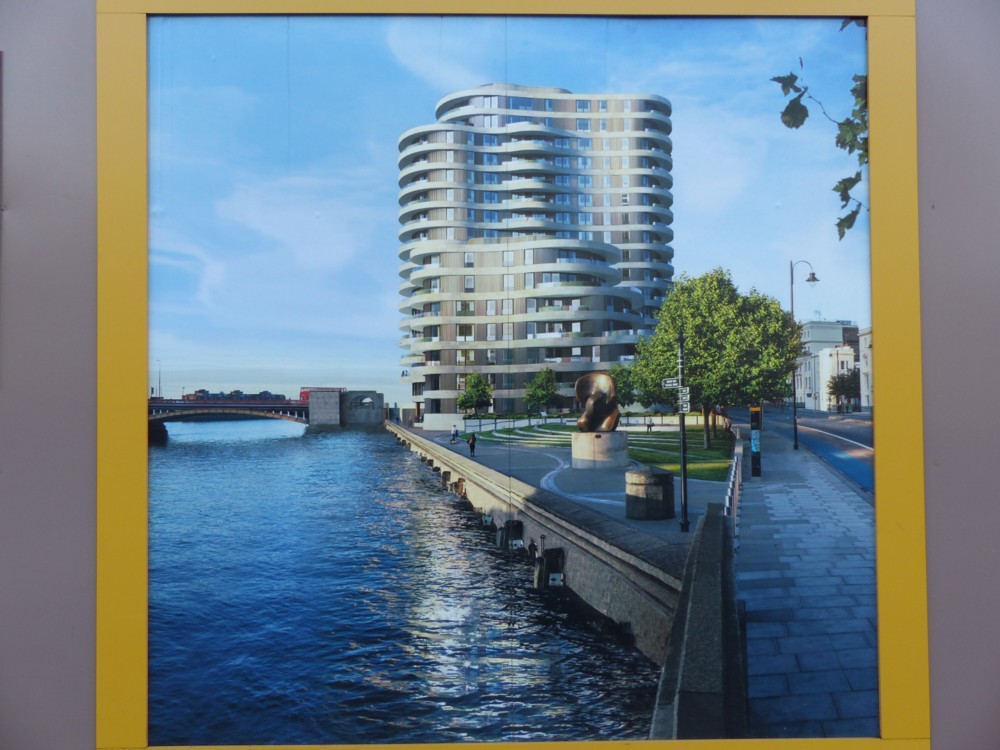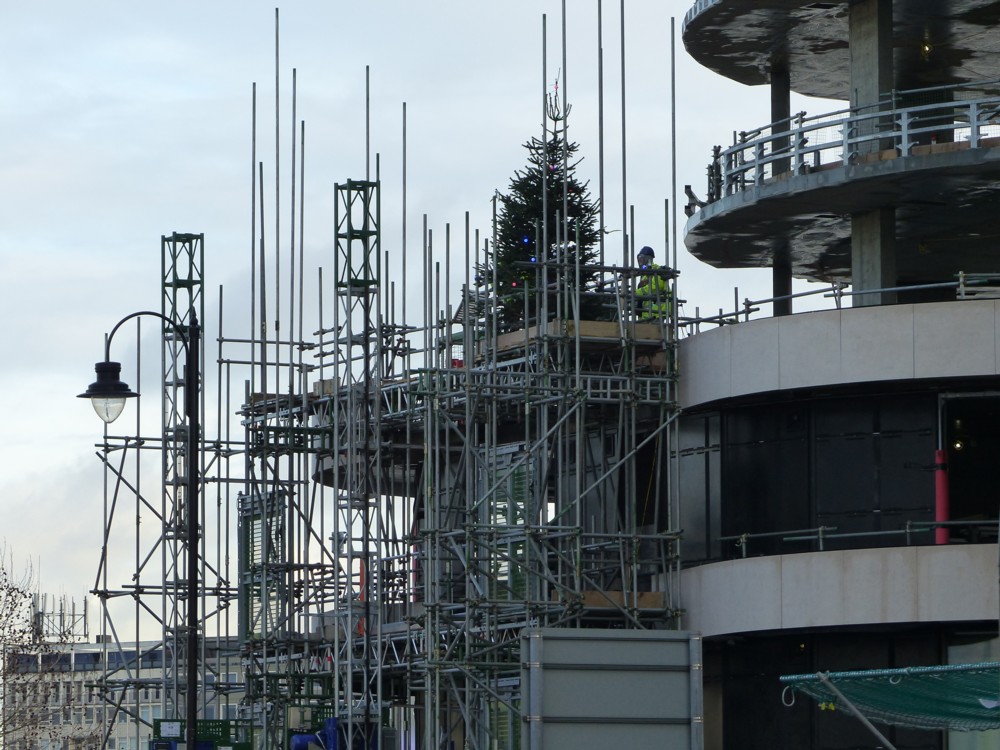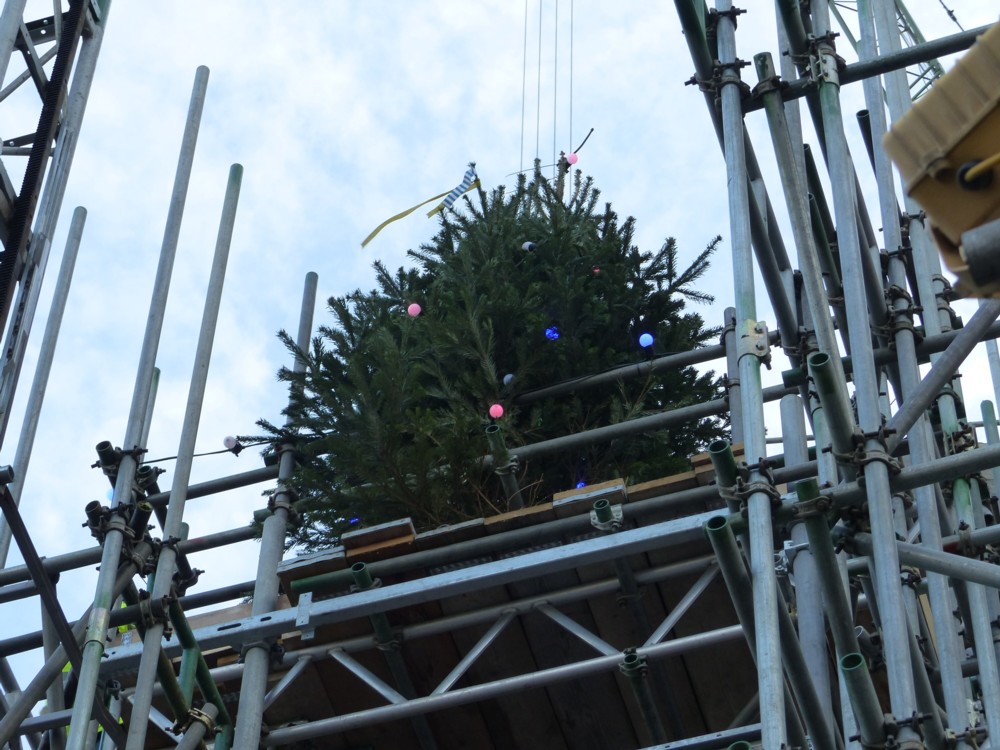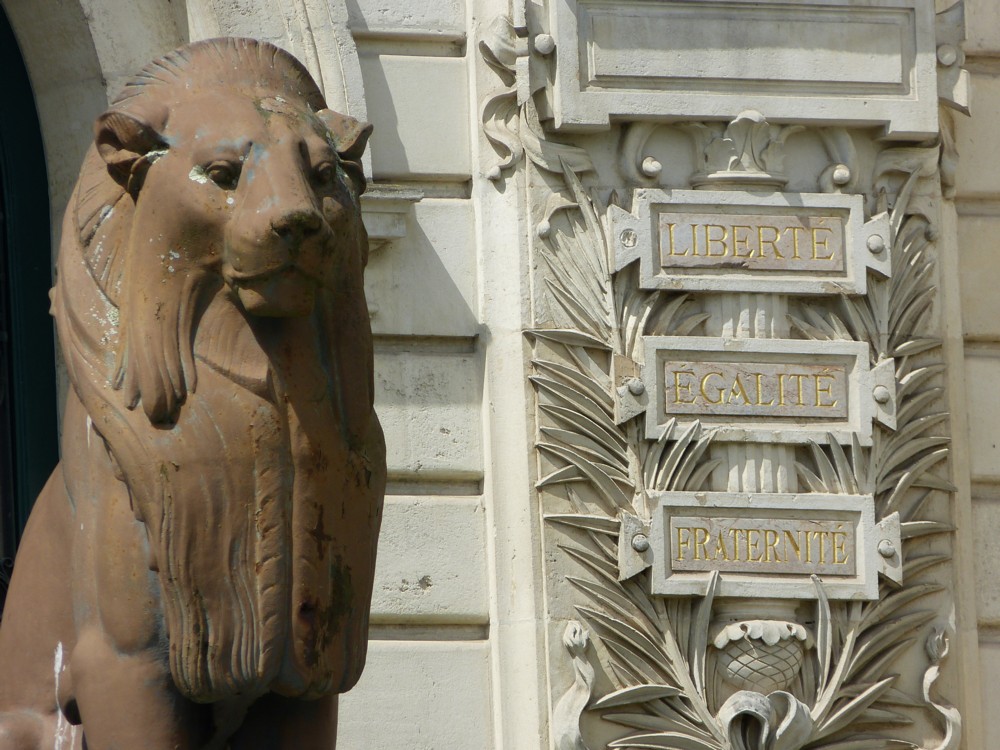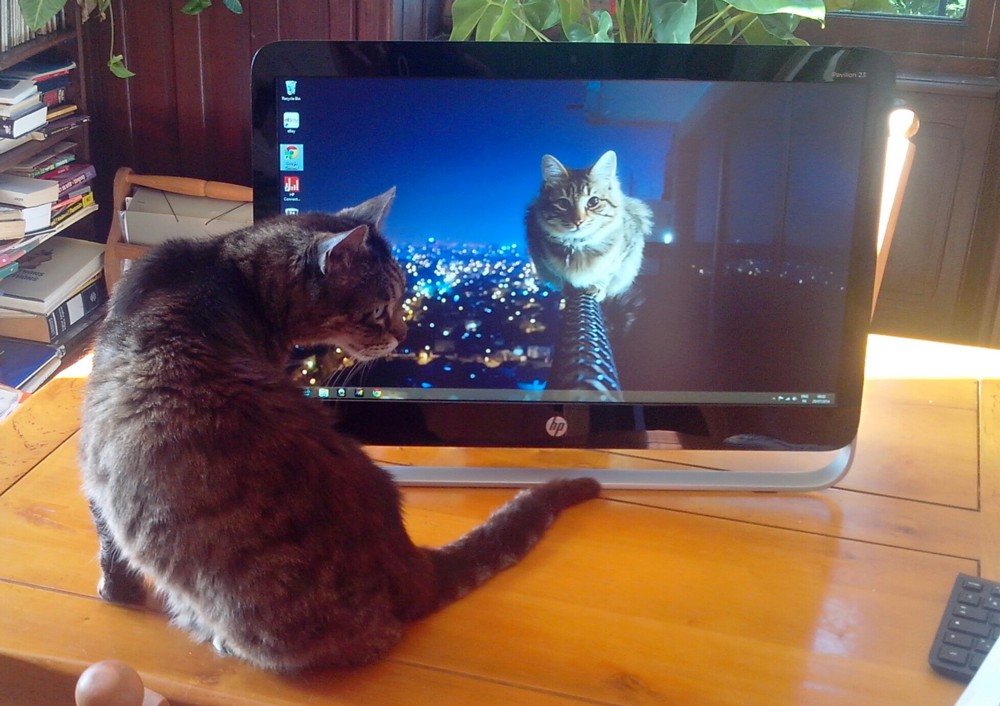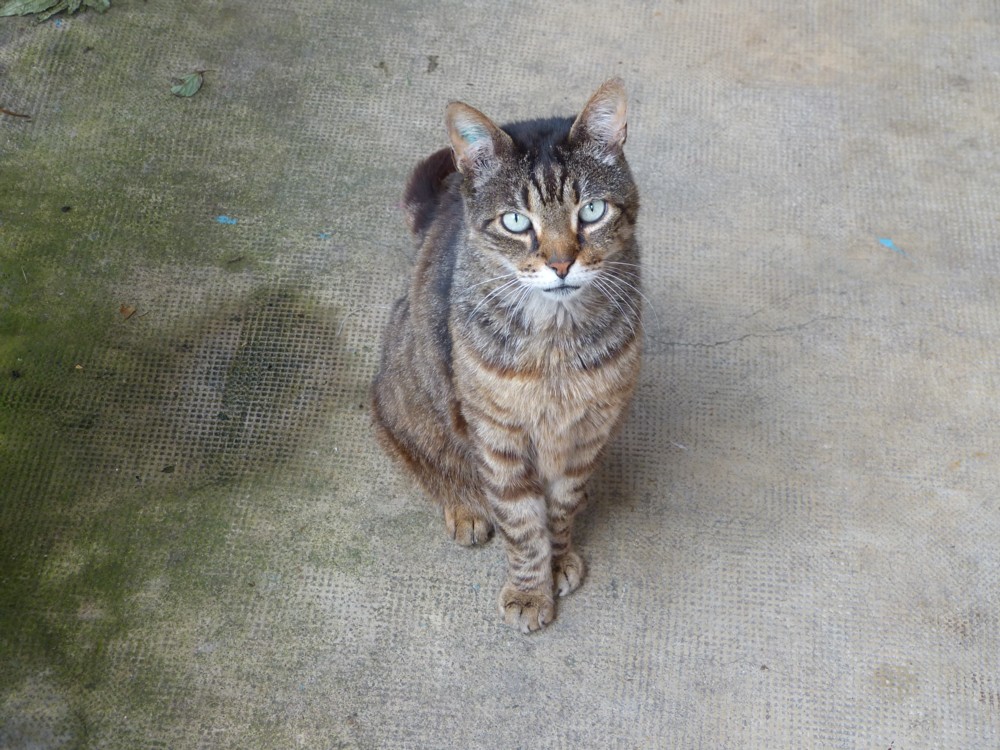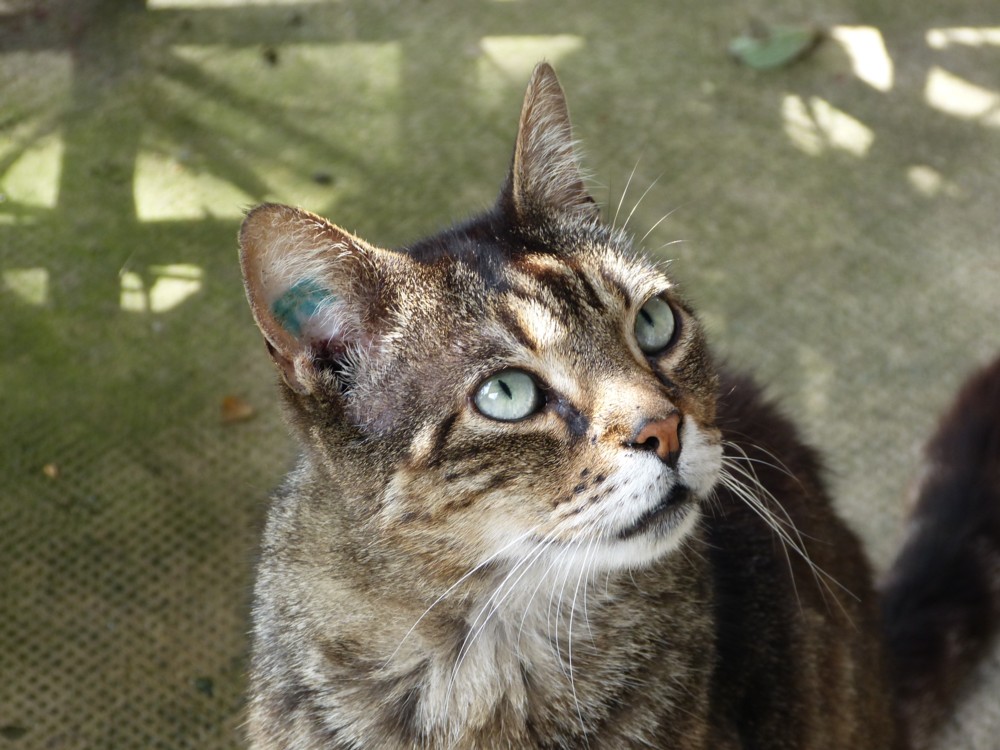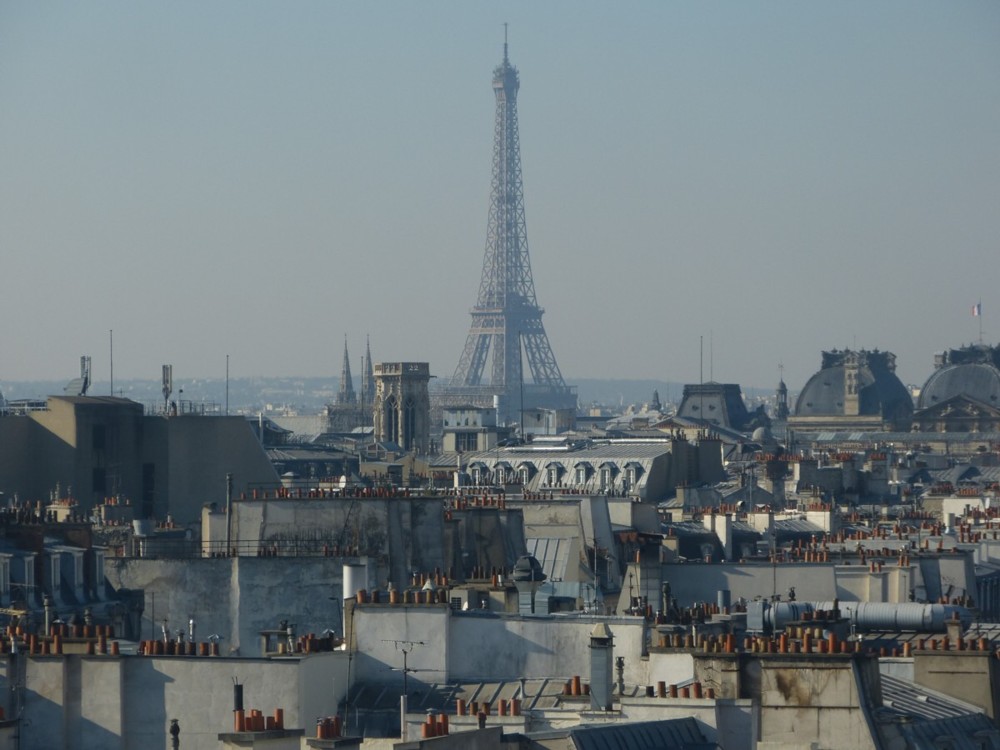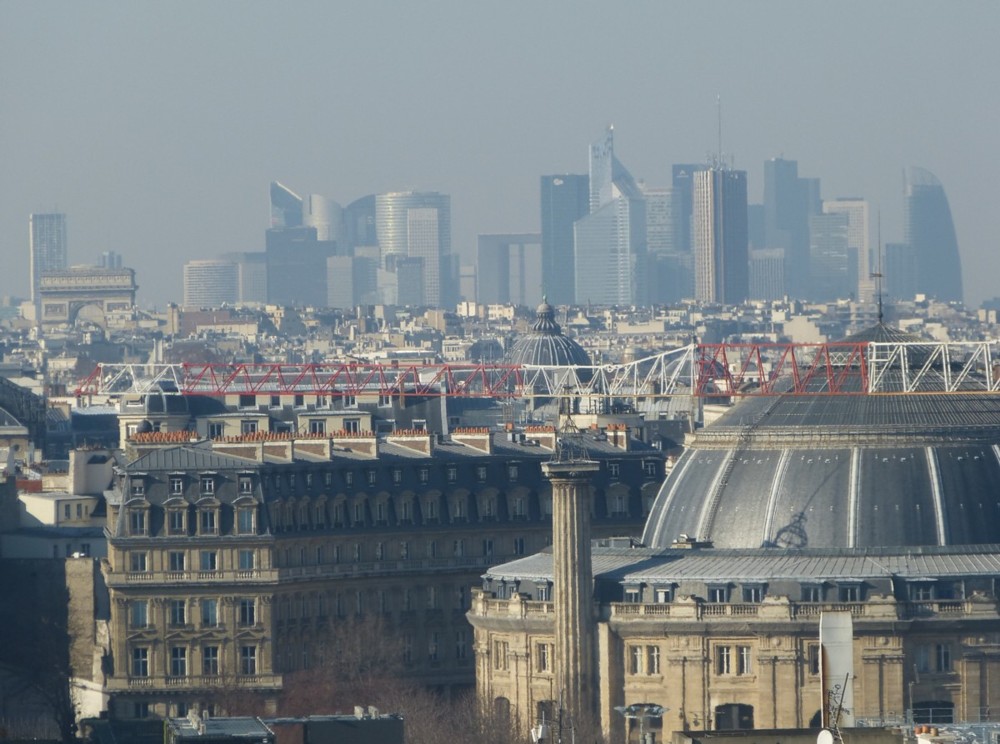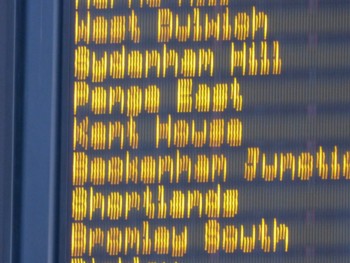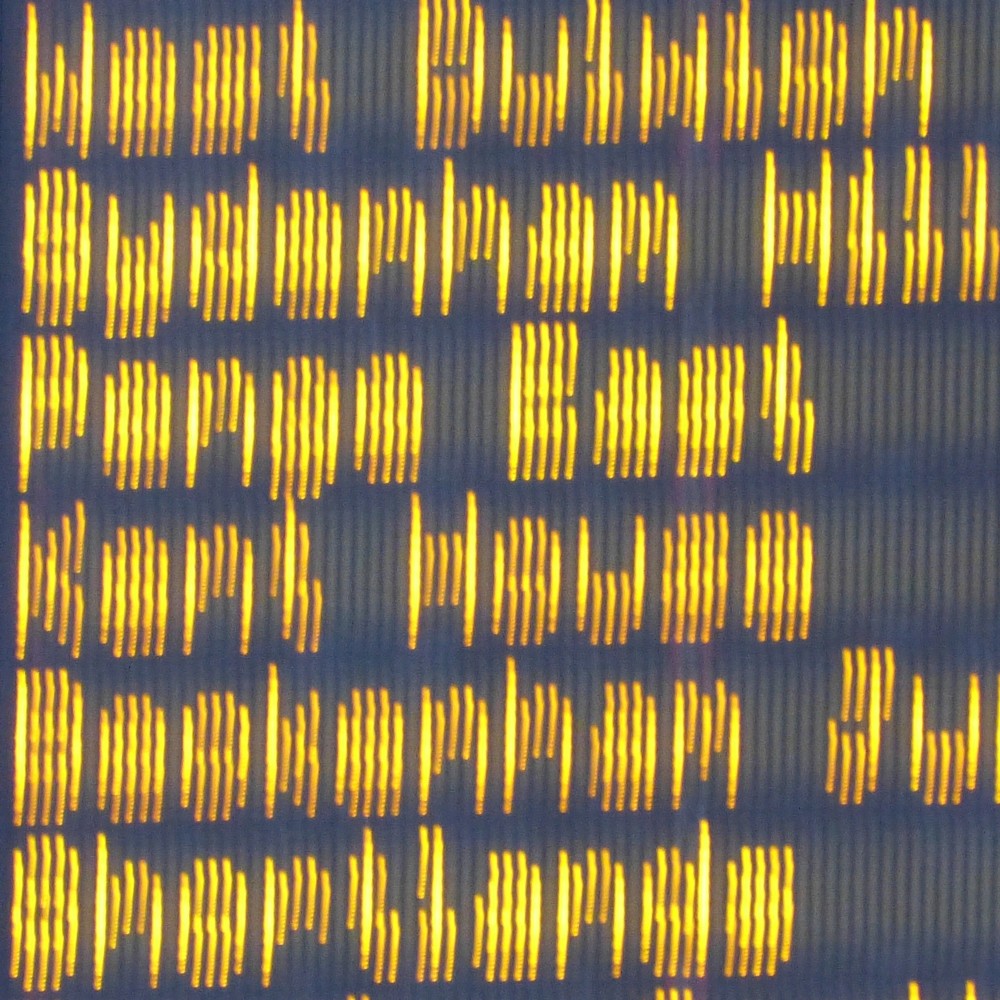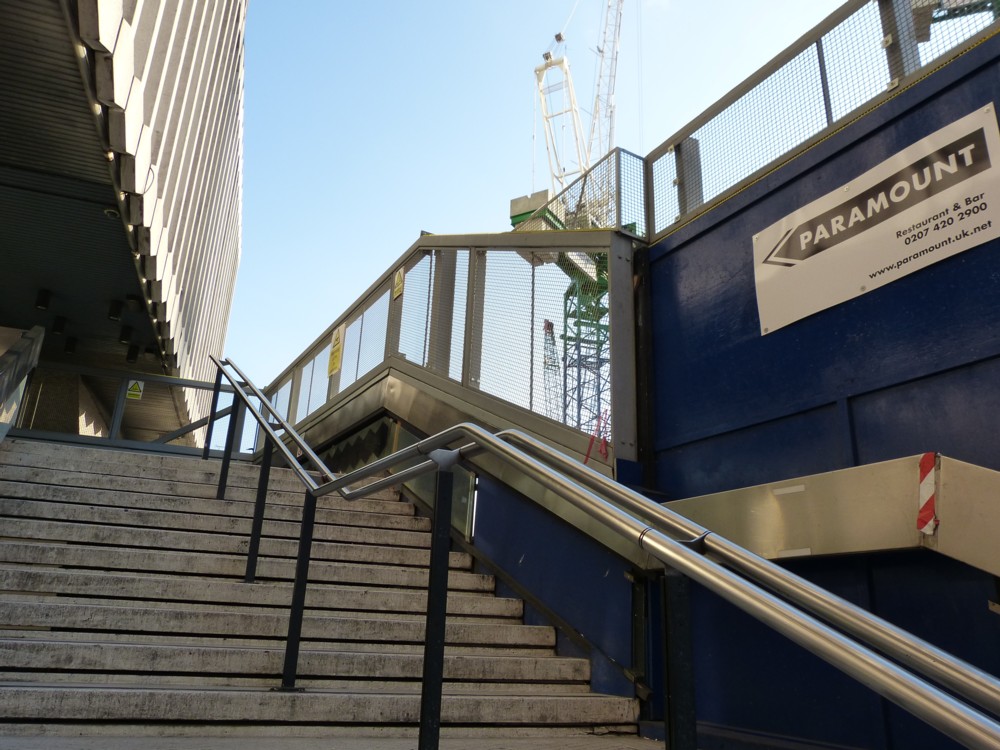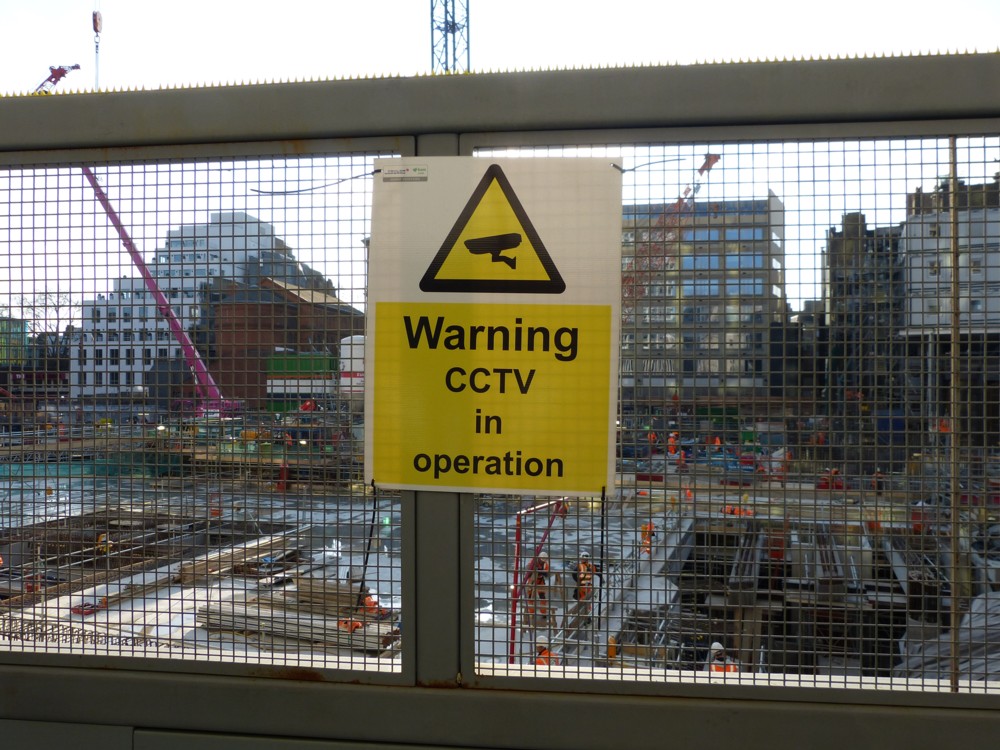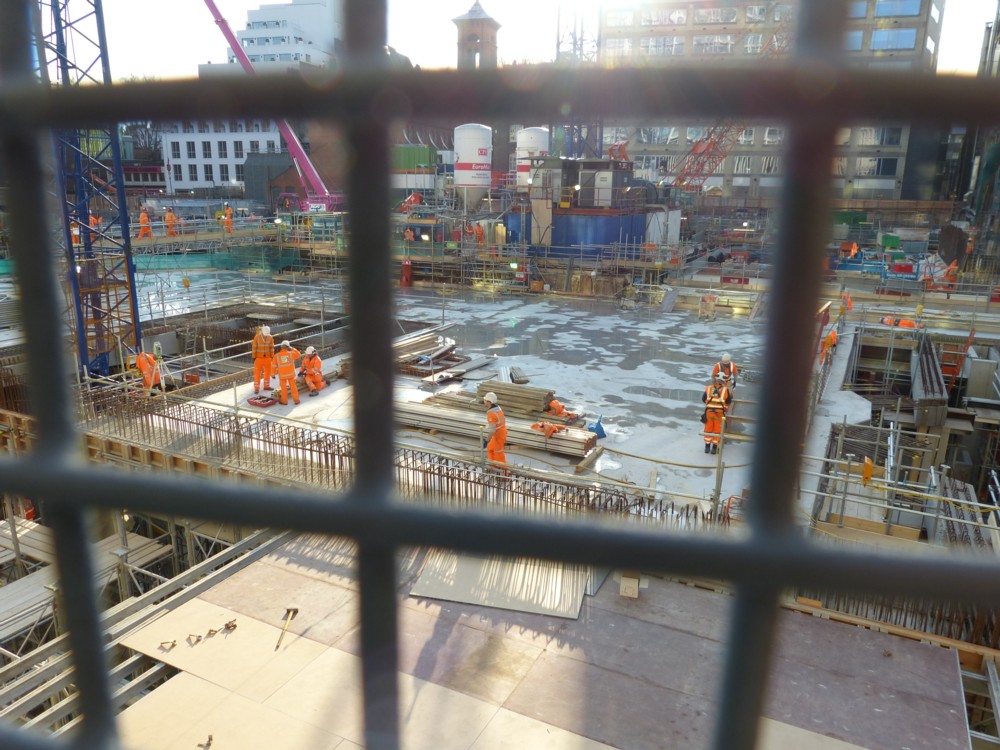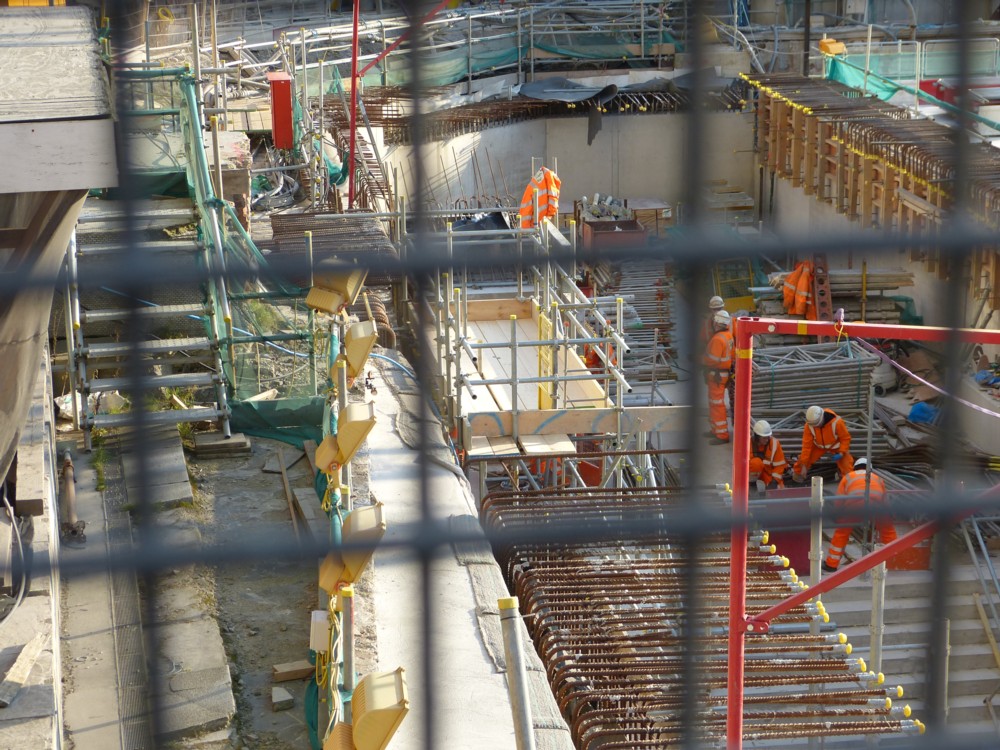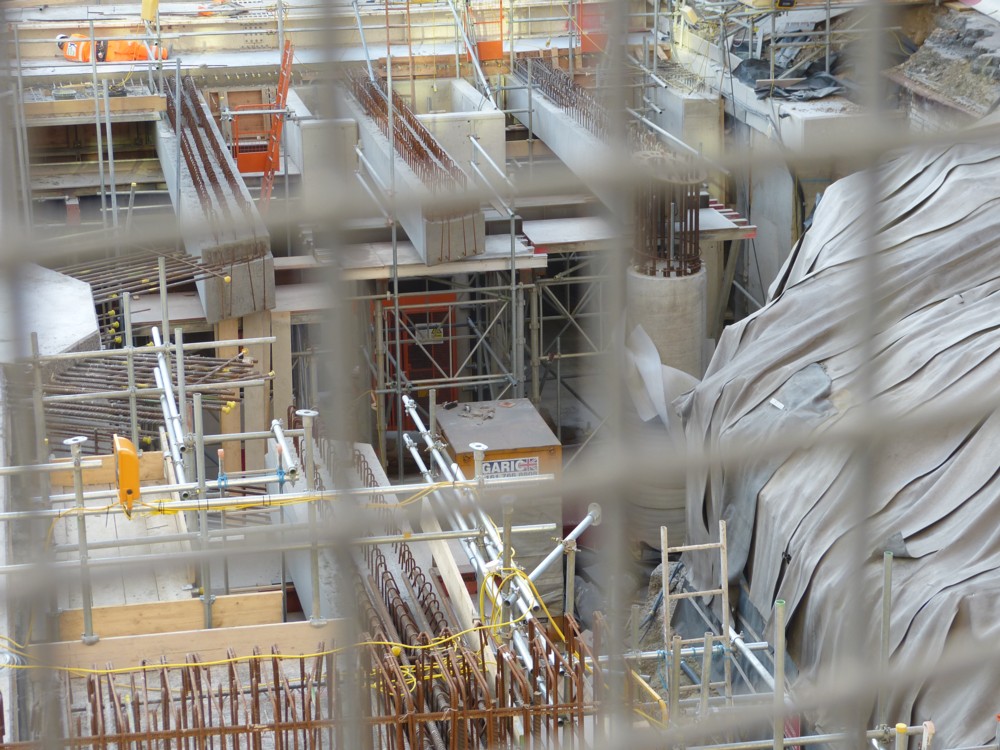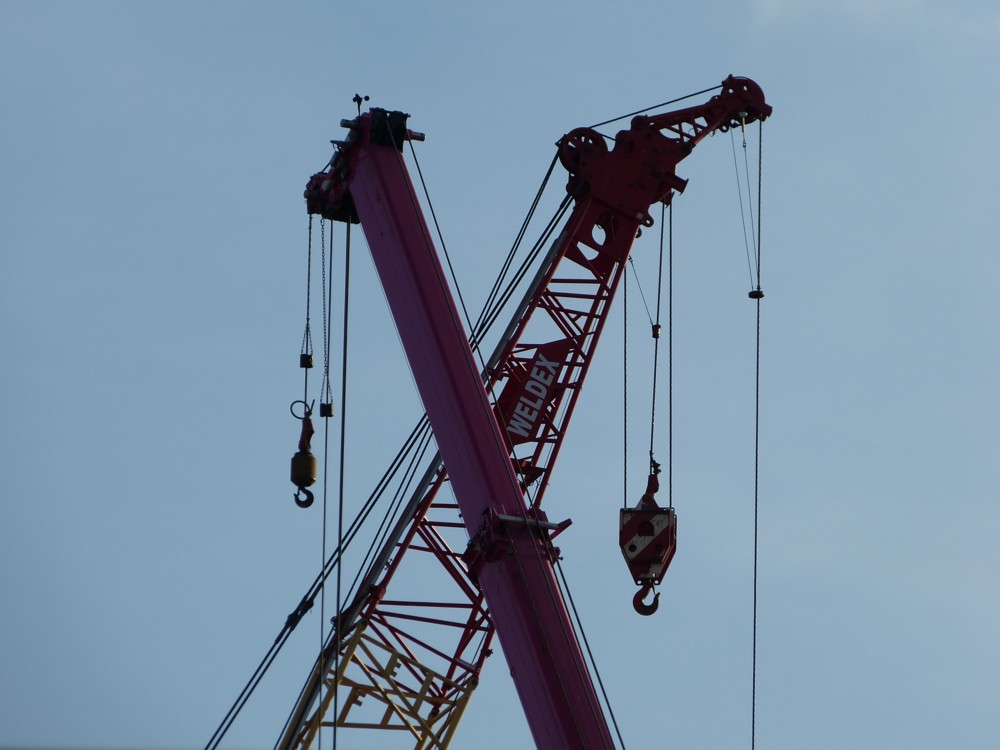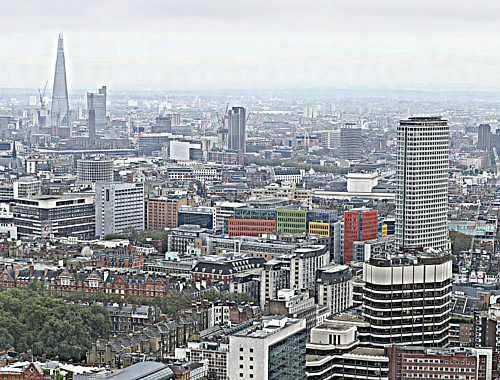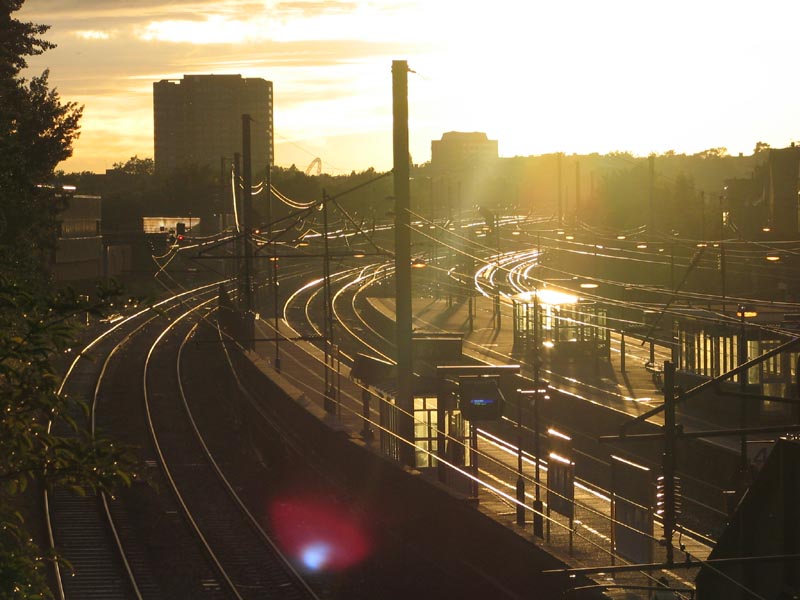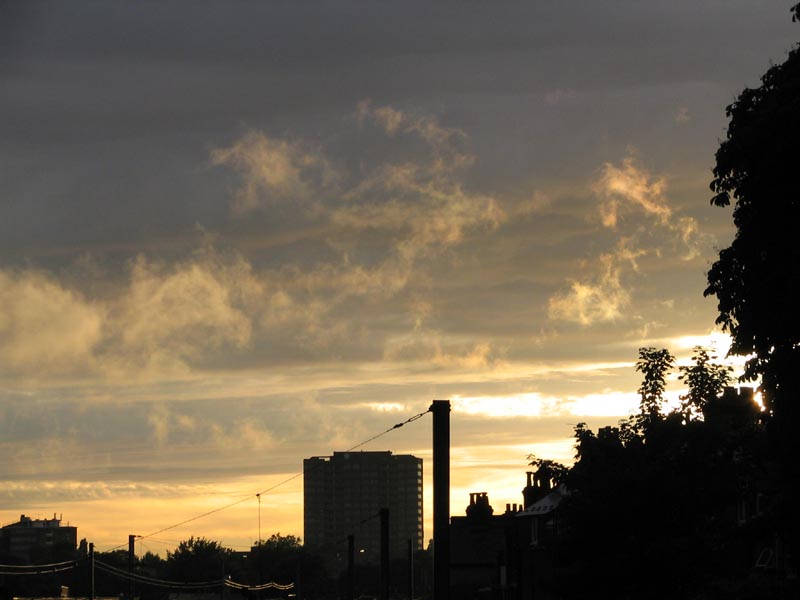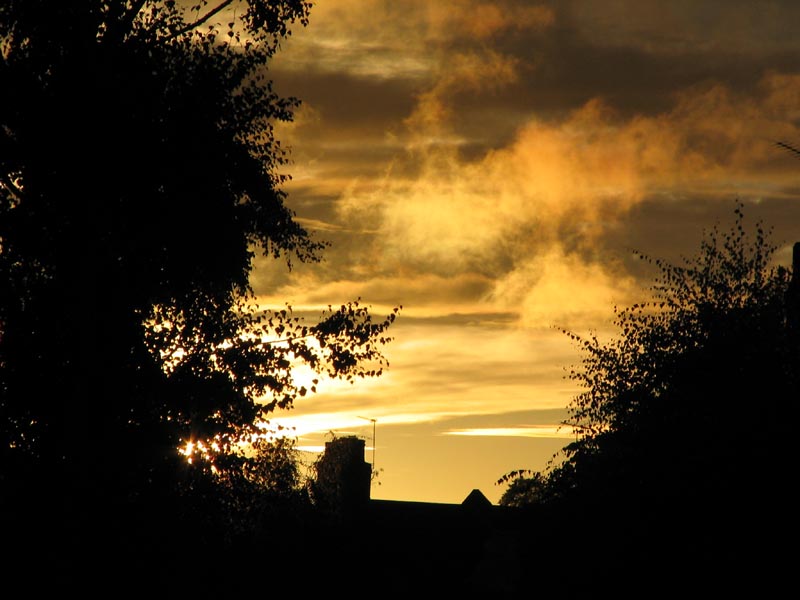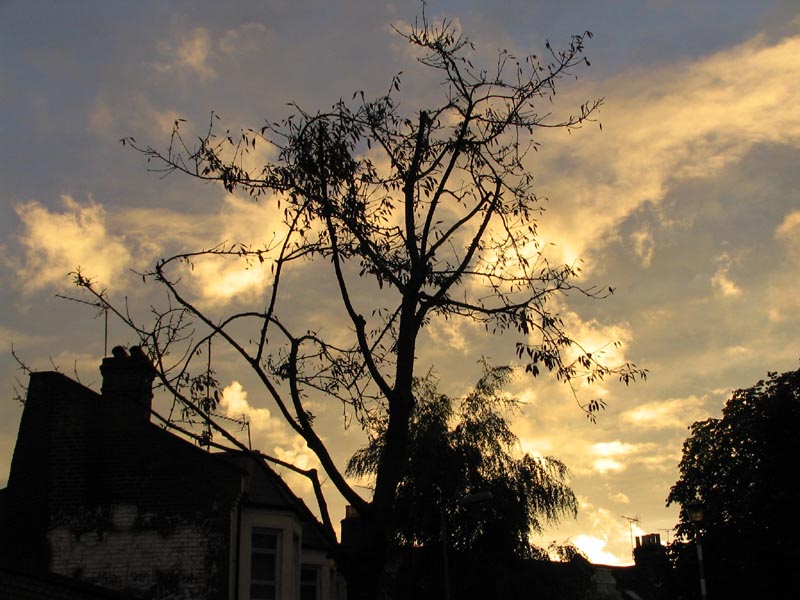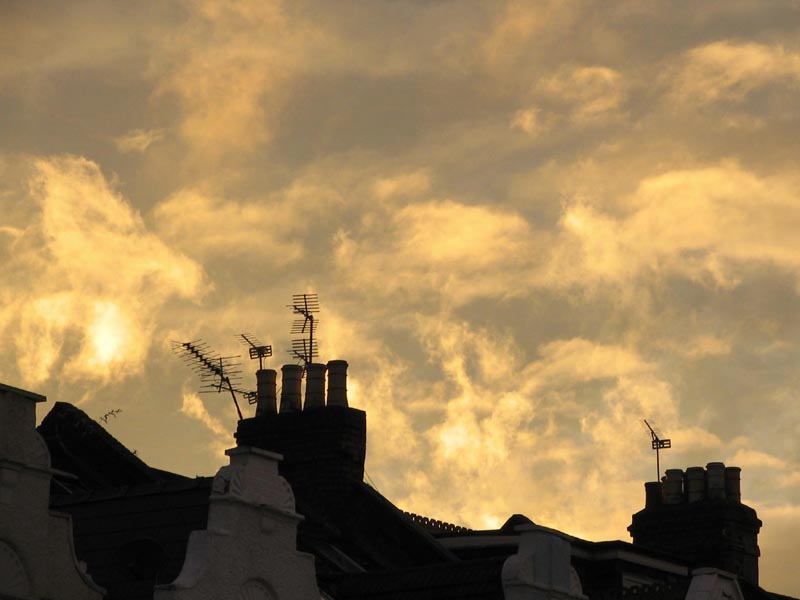Immediately after my first relaunched Last Friday, the one at which Sam Bowman spoke, I suffered a dose of success depression. This is when you achieve a goal, and then feel not happy but empty, because deprived of the goal. The event had gone well. But I expected a little too much from it by way of immediate good consequences. A wise friend who attended the evening later told me that good results would indeed happen, but more gradually than I had been assuming, and that is now starting to happen.
One of the better consequences of these events is that because I send out emails to anyone I half know or know of who I think might be interested in attending, I have re-established contact with a number of friends and semi-friends who I was in danger of losing touch with.
One such, Alastair James, a libertarian friend from way back, recently sent me an email which included this:
I know you mostly like shots of one thing (often with some clutter in the foreground), but if you are also interested in panoramas I wonder if you’ve ever been to Blythe Hill Fields in Lewisham. I think it has some of the best views in London of Canary Wharf and the City but I rarely see it mentioned.
For years I have been nagging people to tell me about good spots to photo London from, but mostly without success. And now that turns up, pretty much unsolicited, merely through me being in touch with Alastair and discussing his son’s sporting triumphs, they being the reason that he often finds Fridays rather hard to do.
As it happens, I had never heard of Blythe Hill Fields, but it immediately sounded very promising, the clues being in the name. A hill, with nothing in the foreground getting in the way, just fields. Ideal for wandering around on, to find the best shots, and so, yesterday it proved.
I immediately found out where Blythe Hill Fields is (from Google maps), identified the nearest station, Honor Oak Park, and soon discovered (from this train website) that there is a train direct to Honor Oak Park from Victoria, which is very near to me. I also learned (from a weather website) on Monday evening, that the short-range weather forecast for Tuesday was, in a word: superb. Not a cloud in the sky, they said, and so it proved. So, a superb forecast in the other sense also.
Yet again, we see here the working through of one of my favourite Laws, which says that new methods of communication (in this case the internet) do not replace older methods of doing things (in this case going there). Rather do the new methods complement and as likely as not reinforce the older methods. Writing gives people more to talk about. Printing makes writing massively more productive, and gives rise to masses more talk. Television adapts books and sells books and provides yet more conversation fodder. Email makes meetings, at which we can all talk to each other some more, far easier to organise and publicise. And now the internet makes wandering around London (also the world) massively easier.
This posting is already getting rather unwieldy, so I’ll hold the photos I took at and around Blythe Hill Fields yesterday for another posting. Instead let me finish up this posting by quoting and commenting on another bit of the Alastair James email, which further emphasises the point about how the internet makes travelling easier, and in his case more fun:
BTW I recently finally got a Smartphone and I find it much easier to follow blogs since I got it – I’ve always felt guilty sitting in front of a PC reading a blog that I’m doing something unproductive. Anyway I just wanted to say that I’ve been reading yours and how much I enjoy it!
You might be surprised to learn what a difference declarations of that sort can make to the morale of a blogger like me, who doesn’t now get many comments, still less comments like that. Without my Fridays, I never get to hear that, which is a perfect example of a somewhat delayed effect that my friend in paragraph one above talked about.
But note also the smartphone thing. Presumably Alastair now uses his to read blogs in circumstances where more serious work would be difficult, such as while travelling.
I am myself currently engaged in buying a smartphone, helped by my friend Michael Jennings (who is giving the next Friday talk this Friday – do come if you want to). Whereas for Alastair James a key app is reading blogs on the move, for me the killer app is definitely being able to learn exactly where I am at any point in my various wanderings, and how to get to where I want to go to next. It would have come in quite handy yesterday, but because of some serendipity that occurred without it (more about that later), I am actually quite glad that yesterday I did not have Google maps with me. That’s another story, for which stay tuned.
I suspect that Alastair and I are not the only ones now, finally, kitting ourselves out with smartphones. I sense a general society-wide stampede in this direction, as the iPhone works its magic. The iPhone defines what a smartphone is, and all those for whom money is no object get one. That tells the Taiwanese copyists what to copy at half the price, and now they have pretty much got there.
I will also be buying a “bluetooth” (Michael J says that will work) keyboard, much like the black keyboard in this posting (scroll down a bit), to go with my smartphone, the idea being that I will be able to type stuff in as well as read things. (That keyboard is also a straight copy, in black, of an Apple keyboard, incidentally. Again with the Apple influence.) A smartphone screen too small for typing, you say? My very first computer, an Osborne, had a screen that was hardly any bigger, and I loved that. Osborne equals a very stupid version of a smartphone, plus a keyboard, plus half a ton of electro-crap that is no longer needed. Discuss. I feel one of those ain’t-capitalism-grand postings for Samizdata coming on.
The trouble with my current laptop is that, like the Osborne if with less extremity, it is still quite heavy. This means that I don’t always have it with me, in fact I pretty much now never have it with me, because when I do take it with me on my travels I often never actually use it, and in the meantime greatly resent its weight. The idea is that I will always have my smartphone with me (obviously), and always (fingers crossed) with the keyboard. So whenever a blogging opportunity beckons, when I am out and about, I will be able to respond.
The smartphone I am getting also has a rather good camera included. It’ll be interesting to compare that camera with my present one.

